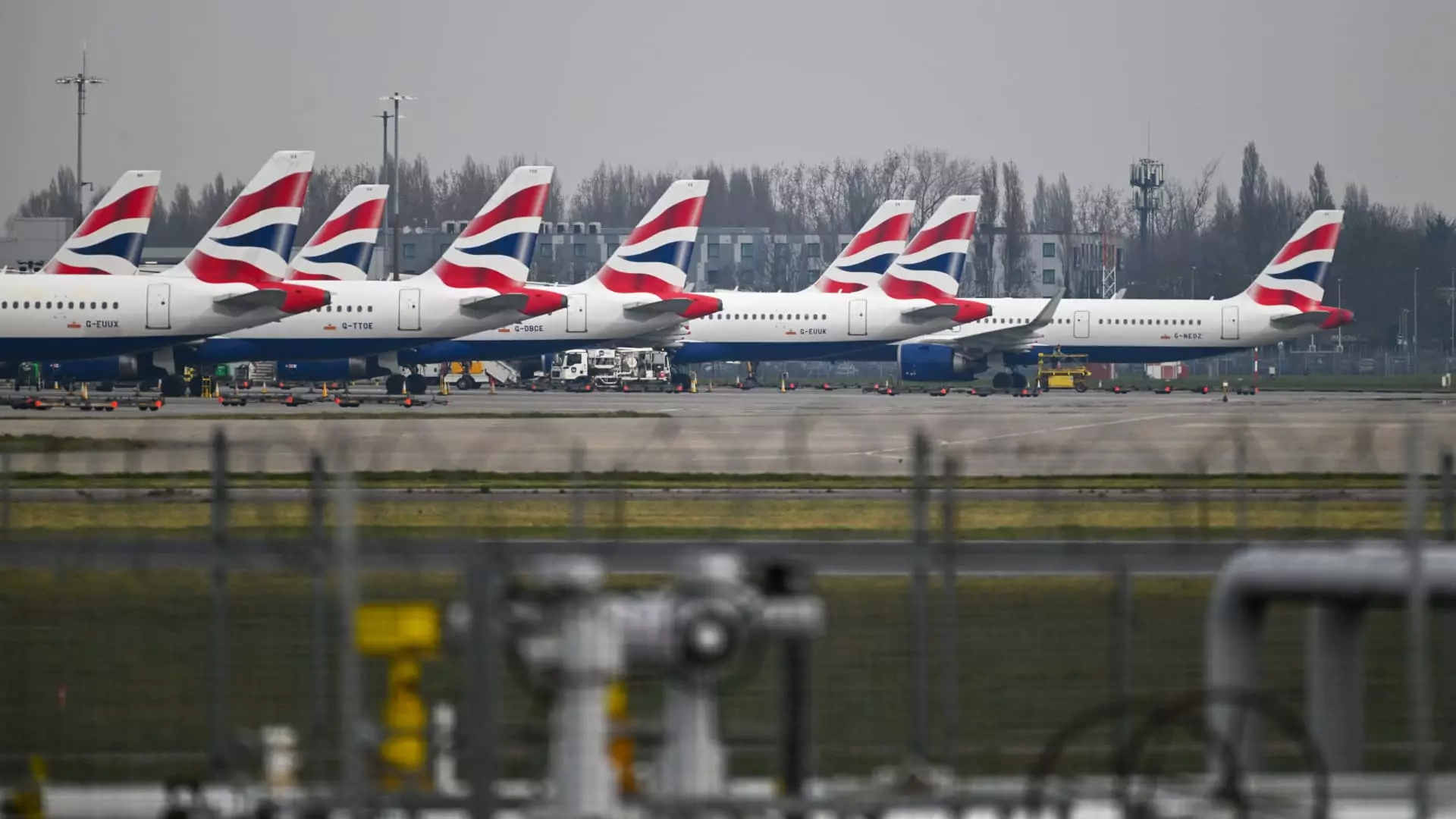On a seemingly ordinary Friday, Heathrow Airport—often touted as Europe’s busiest travel hub—was brought to its knees due to a fire at a nearby electrical substation. This unexpected incident led to a dramatic shutdown of operations, nearly 800 flights were canceled, and tens of thousands of travelers were unexpectedly stranded. Though officials stated there was no foul play involved, the repercussions of this event laid bare alarming deficiencies in the airport’s critical infrastructure.
The airport’s fire and subsequent power outage were a real-world demonstration of just how precarious our reliance on singular power sources has become. Passengers are accustomed to using a bustling airport for their travels, but what happens when that reliability is suddenly yanked away? The incident acted as a grim reminder of the fragility of national and global travel infrastructure, particularly in an age of heightened sensitivity to security issues.
Infrastructure Vulnerabilities Unmasked
Ed Miliband, the U.K. energy minister, described the fire as “catastrophic.” Such language should resonate profoundly in both public policy circles and among everyday citizens who may take for granted the complex machinery underlying travel logistics. The reality is alarming—a single electrical failure wreaked havoc on an entity that reportedly saw a record 83.9 million passengers last year. Heathrow functions with an average of 1,300 takeoffs and landings daily, and yet it was brought to a halt due to a weakness that could have been mitigated.
Critics, including Willie Walsh, the CEO of the International Air Transport Association, have rightfully pointed out that the airport’s reliance on a sole power source is nothing short of a planning failure. This underinvestment in diversification not only impacts airlines and travelers but also raises critical questions about the efficacy of regulatory oversight over significant infrastructure. Will we allow another catastrophe to occur before recognizing the urgent necessity for a multi-layered approach to power sourcing?
The Economic Ripple Effects
It’s essential to consider that Heathrow’s challenges extend beyond mere inconveniences for travelers—there’s an economic dimension that must not be overlooked. The fire disrupted not only passenger flights but also affected the movement of cargo. More than 4,000 tons of cargo pass through Heathrow every day, and a breakdown in this system can have far-reaching implications for businesses reliant on timely deliveries.
When substantial travel disruptions occur at major airports, it’s not just airlines that experience turbulence; the economic ecosystem surrounding them suffers as well. Small businesses, tourism agencies, and even large multinational corporations rely on the smooth functioning of such critical infrastructure. The backlash of disruptions leaves them ensnared in a tangle of lost revenues, damaged reputations, and logistical nightmares.
Lessons Yet to Be Learned?
Despite the enormity of the event, the clean-up and recovery period should ideally serve as a catalyst for meaningful change. Currently, the dialogue around restoring operations feels inadequate in the face of the larger questions posed by the incident. Are we truly prepared for similar incidents in the future? Are our systems resilient enough to ensure such a crisis doesn’t spiral into a full-blown economic disaster?
Miliband has highlighted that we must explore the lessons from this incident, yet it appears that the conversation remains stagnant. Will policymakers grapple with the essential reform of airport infrastructure, or will we continue to accept a reactive rather than proactive approach to crisis management? A single fire has revealed the potential for disaster lurking beneath our infrastructure’s surface, and it’s time we address the issue head-on.
The Moral Responsibility of Airlines and Airports
As passengers scramble for alternatives, airlines like British Airways and American Airlines have promised flexible rebooking options, but how much responsibility lies with these companies? In the wake of the incident, should airlines be held liable for passenger care costs when infrastructure fails? Critics increasingly argue for a more equitable distribution of accountability, especially when the failure of such critical systems affects so many travelers.
Airlines frequently bear the brunt of passenger dissatisfaction during such crises, yet the root of the problem often lies elsewhere. If we continue to allow airlines to shoulder the total burden of these failures without addressing infrastructure weaknesses, we perpetuate a cycle that discourages advancements in operational resilience and crisis management.
A Wake-Up Call for Strategic Investment
Ultimately, the events at Heathrow serve as a glaring warning for essential infrastructure management not just in the U.K. but globally. Policymakers and airport authorities must ponder whether they truly grasp the implications of inadequate investments in resilience. If this incident doesn’t lead to an urgent push for better systems and diversified power sources, we may just be waiting for the next disaster to strike—one that could leave us even less prepared than before. It’s time we tackle these concerns head-on, rather than relying on a Band-Aid fix after the next fire burns bright.

